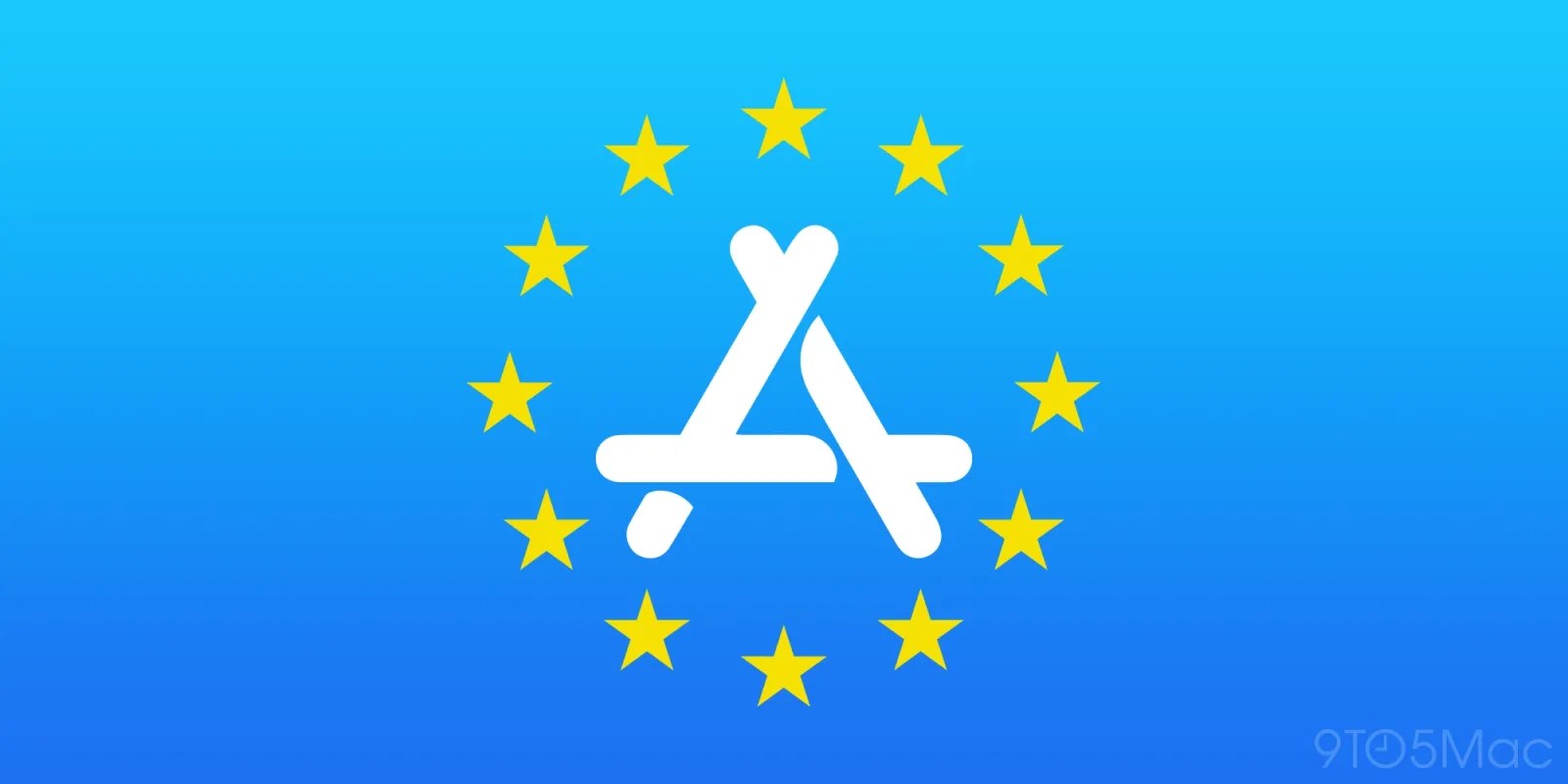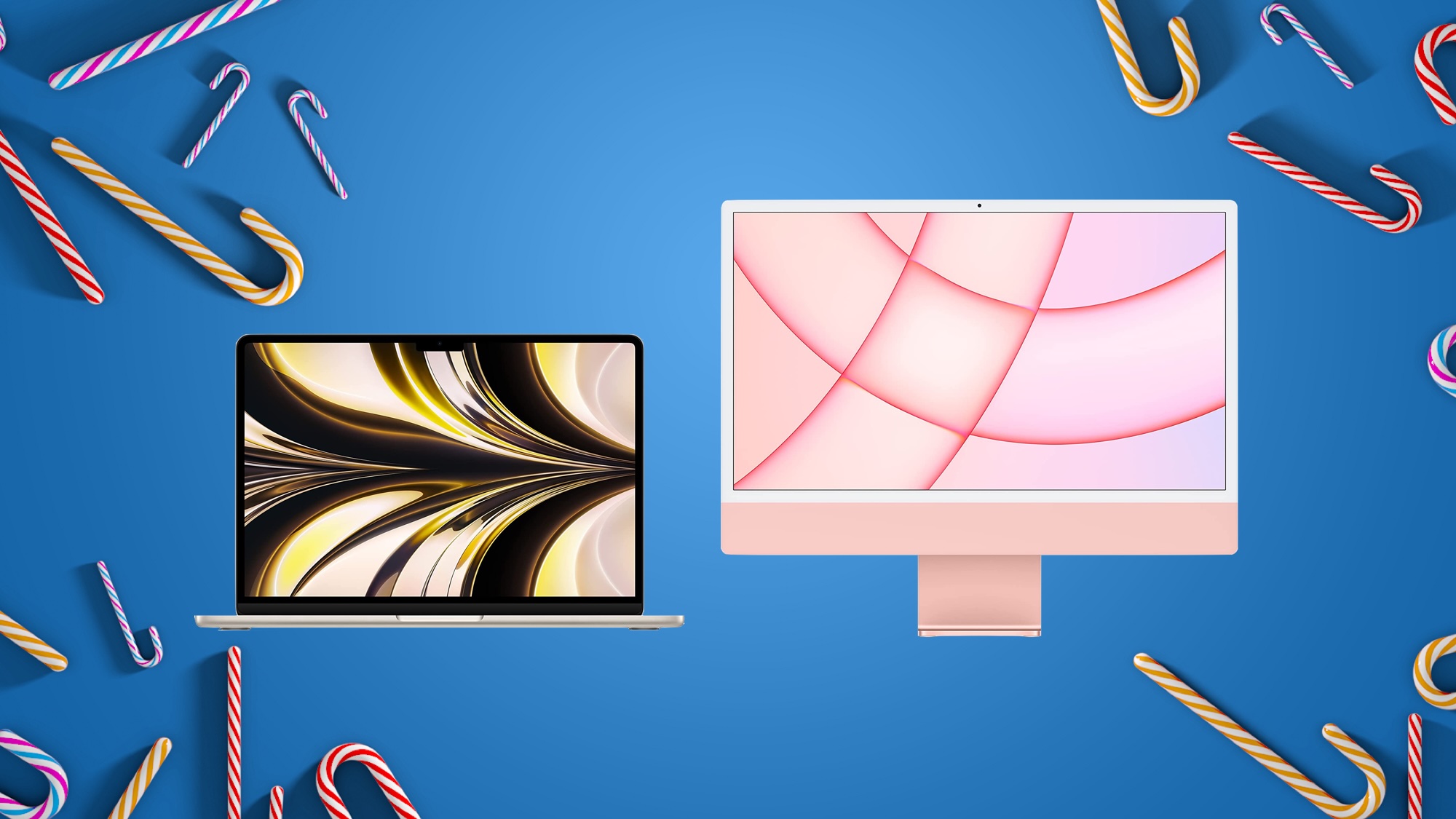
Following the EU ruling in June that said Apple’s App Store anti-steering policies are officially in breach of the Digital Markets Act, Apple is announcing changes. Specifically, these changes address the rules around app developers linking out to the web to inform users about alternative payment methods.
The new rules remove many of the restrictions Apple previously imposed about how developers were allowed to link out. At the same time, it introduces yet another fee structure, specifically for App Store Link Out uses cases.
Previously, Apple enforced strict rules that dictated how apps in the EU were allowed to link out. This included requirements that the link be statically defined, and go directly to their own website, without any parameters to identify the logged-in user in the URL. This limited the ability of apps to directly send users to a webpage where they could pay to add upgrades to their account.
Under today’s changes, all of those restrictions are now gone. Apps can offer actionable links with as many dynamic URLs as they please. These links can take the user to anywhere, including as a way to promote other sales channels like alternative app marketplaces. The URLs can include parameters, as long as those parameters are not used for advertising or user profiling.
These links also used to be required to kick the user outside of the current app and into their web browser, like Safari. However, Apple is now allowing these links to be opened inside the originating app, as a modal web view.
Apple is also updating the user disclosure sheet with a new design that is more friendly, and includes an interface toggle for users to opt-out of seeing disclosure sheets when tapping external purchase links in the future. For now, developers have to continue to implement this sheet manually, but Apple announced it will be automatically managed and presented by the ExternalPurchaseCustomLink API in a future iOS update.
Moreover, developers can now take advantage of these capabilities in the EU, without agreeing to alternative business terms. That means they can remain in the App Store and avoid paying the Core Technology Fee on installs. However, there is a new substitute fee structure instead …
The new fee structure
Apple is introducing a two-tiered system of fees for apps that link out to a web page. There’s the Initial Acquisition Fee, and the Store Services Fee.
The Initial Acquisition Fee is a commission on sales of digital goods and services made by a new app user, across any platform that the service offers purchases. This applies for the first 12 months following an initial download of the app with the link out entitlement.
On top of that, the Store Services Fee is a commission on sales of digital goods and services, again applying to purchases made on any platform. The Store Services Fee applies within a fixed 12-month period from the date of any app install, update or reinstall.
Effectively, this means if the user continues to engage with the app, the Store Services Fee continues to apply. In contrast, if the user deleted the app, after the 12 month window expires, Apple would no longer charge commission.
The two-tiered system means the developer pays both the Initial Acquisition Fee and the Store Services Fee for a brand new user, for the first year. After 12 months, the Initial Acquisition Fee ends and the commission continues while the user continues to use the app.
Note the fee is only applicable to new purchases of digital goods or services. That means existing subscriptions and renewals are not subject to any fee, assuming the app was downloaded only after the initial purchase was made.
However, for instance, if the user downloaded the app on their iPhone, but then initiated the purchase later that by navigating to the service’s website independently on another device (including, say, a Windows PC or Android tablet), the Initial Acquisition Fee and the Store Services Fee would still apply. In that instance, Apple still wants its cut as it sees the download of the iOS app as the originating factor to the sales conversion.
The new commission rates
The rate for these two new fees varies depending on the developer’s circumstances.
If you are operating under the EU alternative business terms, the Core Technology Fee still applies on installs. Additionally, the fees are charged as follows:
- Initial Acquisition Fee: 5%
- Store Services Fee: 10% (reduced to 5% for members of the App Store Small Business Program, or a qualifying renewal of a subscription after one year)
If you are continuing to offer your app inside the App Store under the standard business terms, the Core Technology Fee does not apply (as it never did). But the associated link out commission fee rates are increased:
- Initial Acquisition Fee: 5%
- Store Services Fee: 20% (reduced to 7% for members of the App Store Small Business Program, or a qualifying renewal of a subscription after one year)
This results in a complicated matrix of eligibility and fee costs, that developers will need to carefully evaluate. The new terms are available now to review on Apple’s developer website, including an updated fee calculator.
Apple says the new structure results in lower fees for developers in both the alternative and existing terms for linking out, especially for existing users. This is because previously Apple charged upwards of 17% and the Core Technology Fee, for the privilege of linking out to an alternative payment method.
FTC: We use income earning auto affiliate links. More.

 3 months ago
25
3 months ago
25







 English (US) ·
English (US) ·